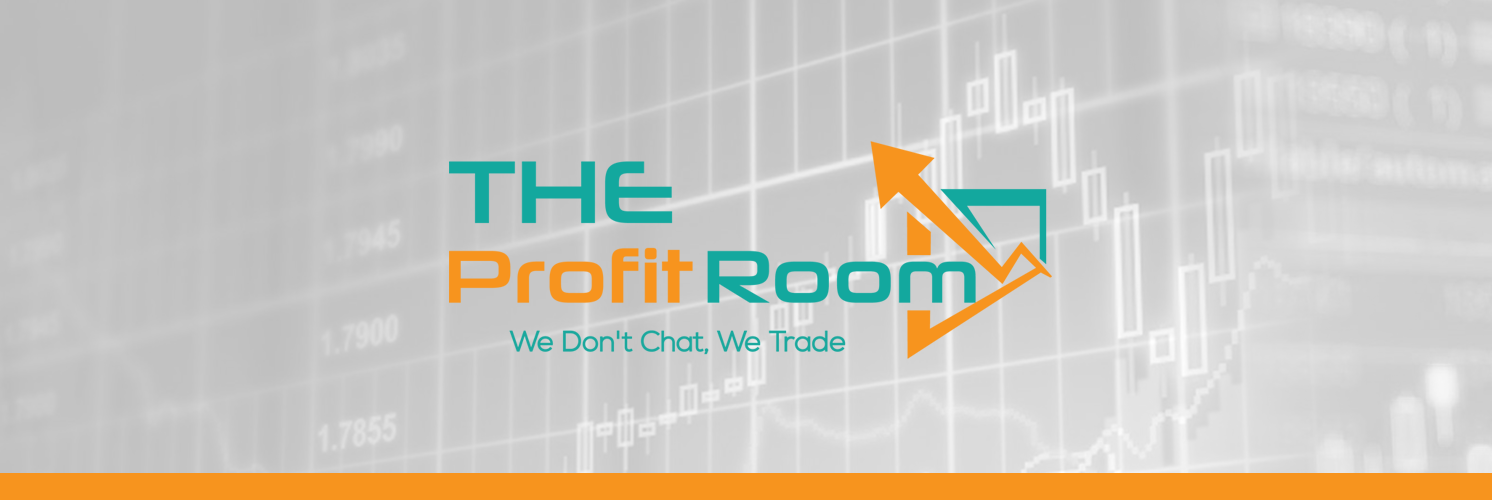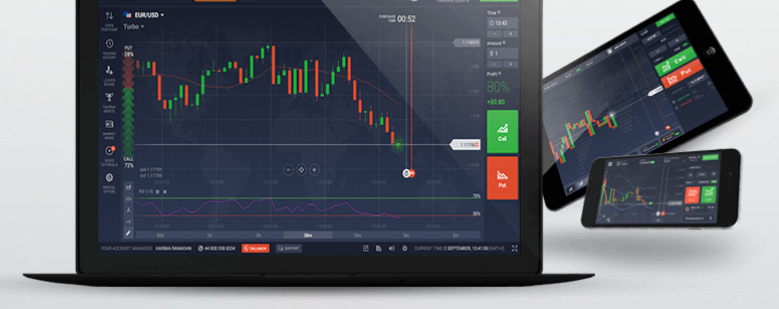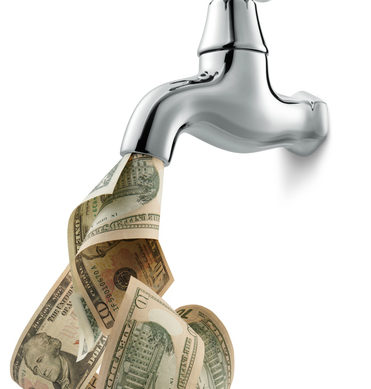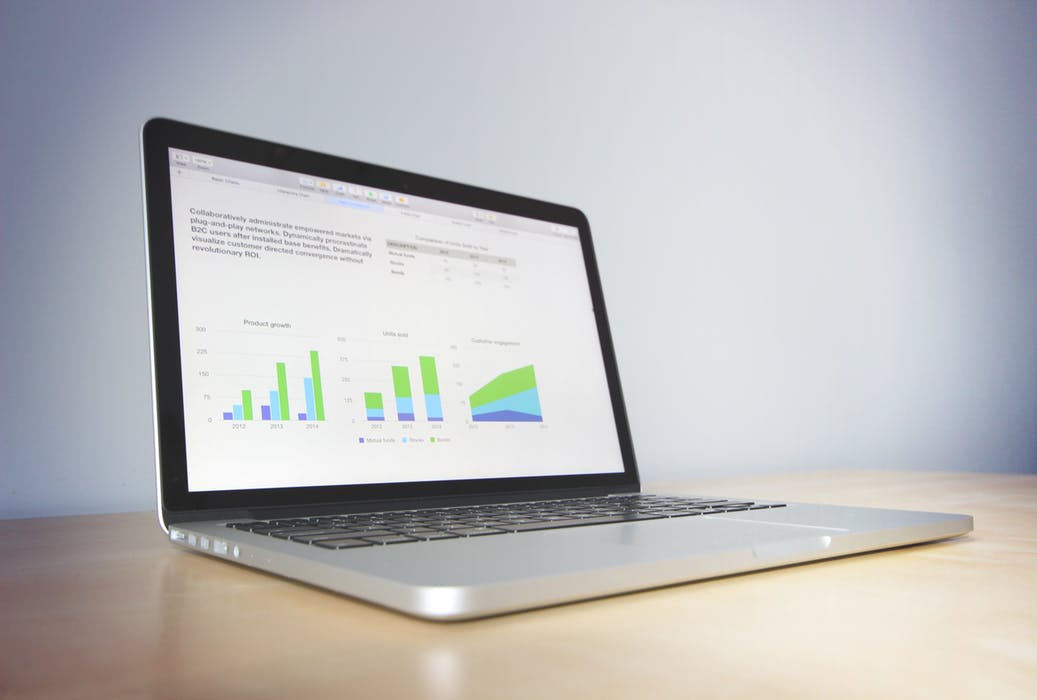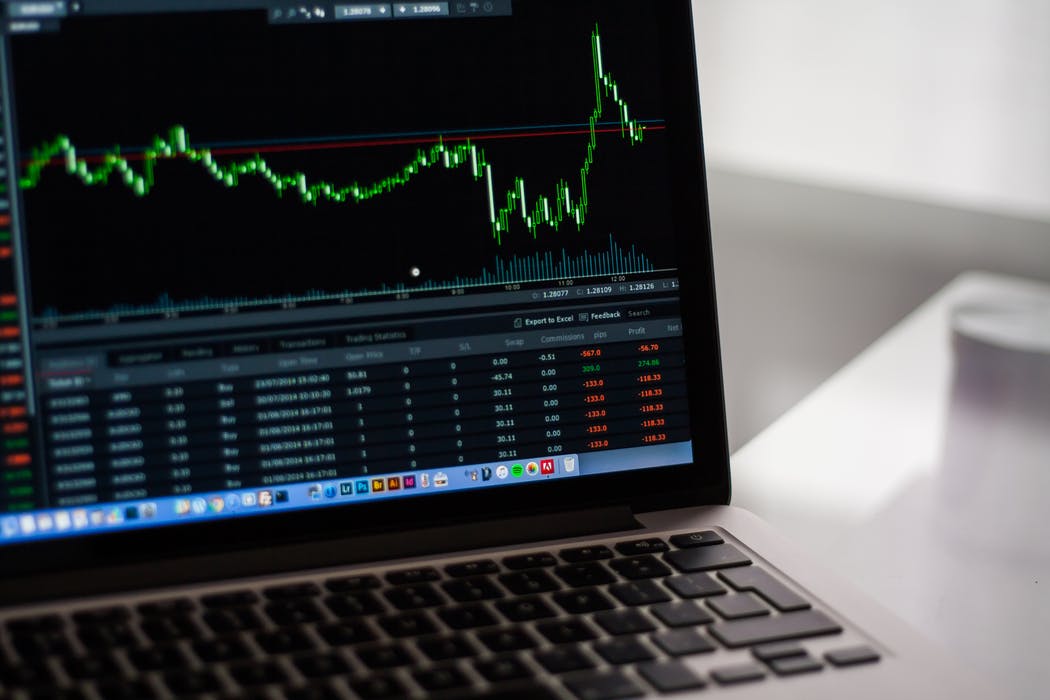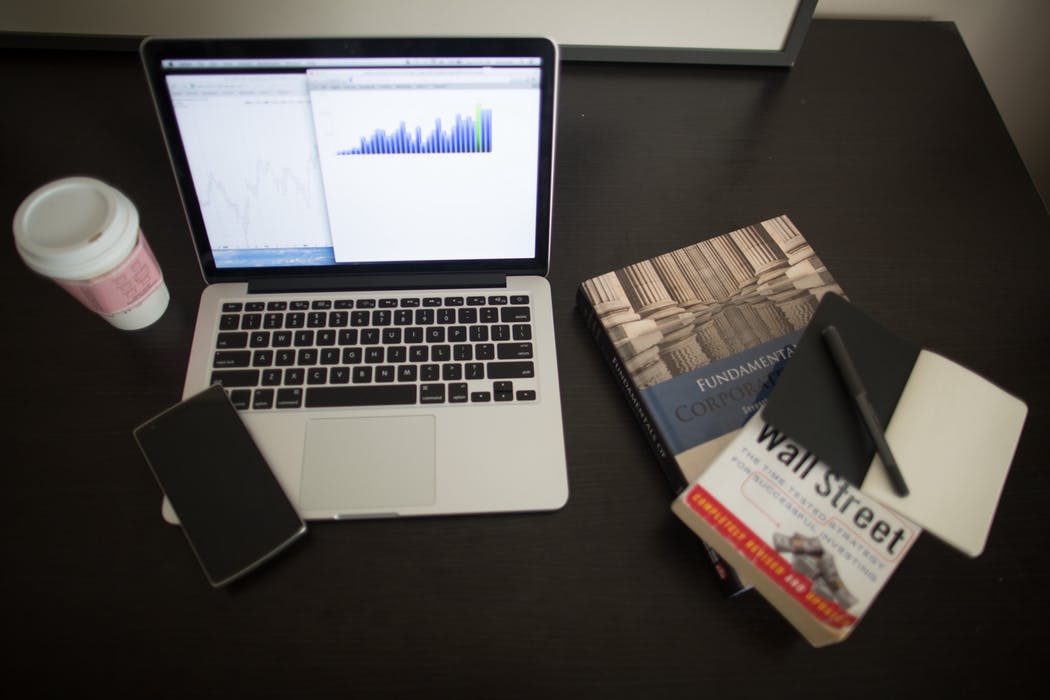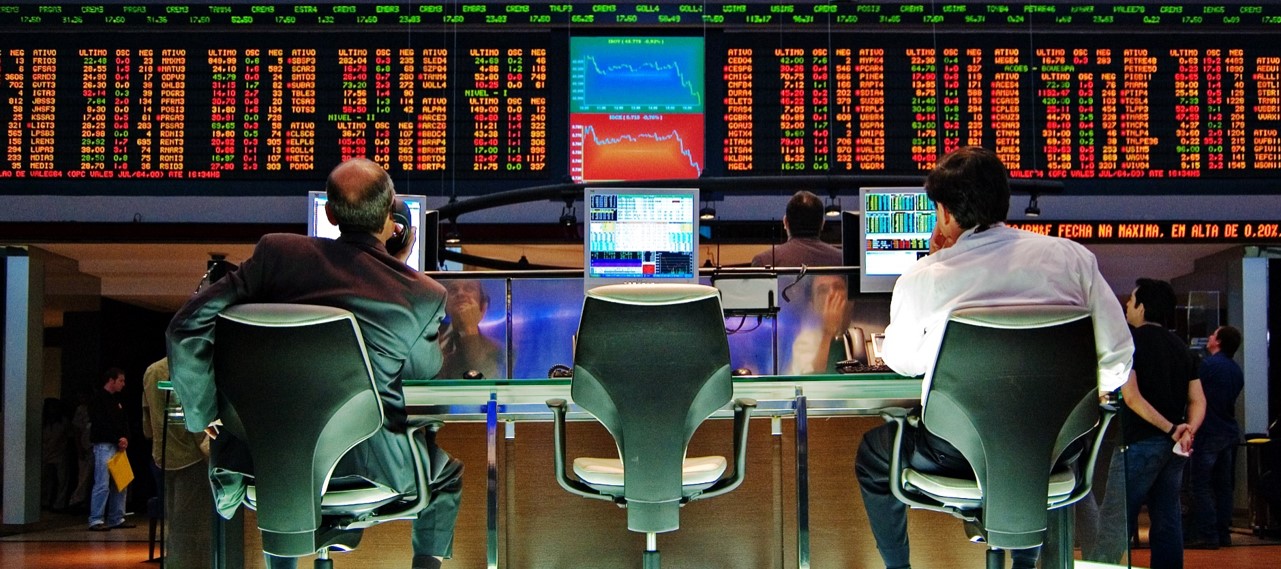It is very important to have an established trading plan, rules, and a back-tested strategy. Many new traders get caught up in the glitz and glamour that are often associated with professional/successful traders. The new traders forgot about the learning process and the amount of time needed in order to perfect a strategy. Poor preparation leads to failed results from a skewed reality of trading. As you know Theprofitroom is pro-education! It’s a proven fact that the proper training shorten learning curves.
Too much debt. The Key is to be debt free! as in no car note, student loans, credit card or even a mortgage debt. You want to be at ease when it comes to trading because financial obligations can easily burden and hinder your trading performance. The stresses of trading is one thing but stress under the pressure of a “need” to perform is another thing.
Savings. You need about 2 years minimum savings! I would advise 3. Savings in case of emergencies, medical, or if your car got towed etc. Savings to help cover your basic cost of living expenses, such as a cell phone bill, groceries, a place to live etc. Savings just in case the first year of trading full time is absolutely horrific! You will need a cushion in order to give your mind some peace and to transition properly without the pressure to perform.
The recommendations above are conservative/ not factual but rather subjective depending on the person.
How to determine which markets to Day Trade? It all depends on your starting capital as well as the knowledge and information you are exposed to. Day Trading Forex: You can start with $50! Seriously, there are many forex brokers with a low capital requirement when entering the forex markets (but please make sure you perform your due diligence) Not all forex brokers are legitimate. Day Trading Futures: Most future Brokers will allow you to start with $500-$1000. The futures market moves extremely fast and your skills will be tested! Day Trading Cryptocurrency: This is a low entry barrier market as well, you do not need a lot of capital to get your feet wet!
25,000 :: In order to day trade you will need 25,000 in your account, at all times if you are trading Stocks or Options in a Margin account! This rule is a FINRA (formerly National Association of Securities Dealers, Inc. or NASD) You can read more about this rule on Wikipedia and various financial sites. We know that there are brokers like CMEG which will allow you to day trade with no PDT rule (money under $25,000 :-), they are registered with the IRS and insured by Loyds of London, which has been in business for over 330 years. Trading with under 25K is optional to the individual but realistically it is like funding any other start up business–you need the Capital. Many times traders fail because they are under capitalized. Same thing applies for other start-up companies. There is a difference for someone trading with less than 25K living in their parents basement/home or have a secondary source of income than for someone else with NO CRUTCH trying to achieve success as a full-time trader. Just know the difference and come to the day-traders world totally prepared.
